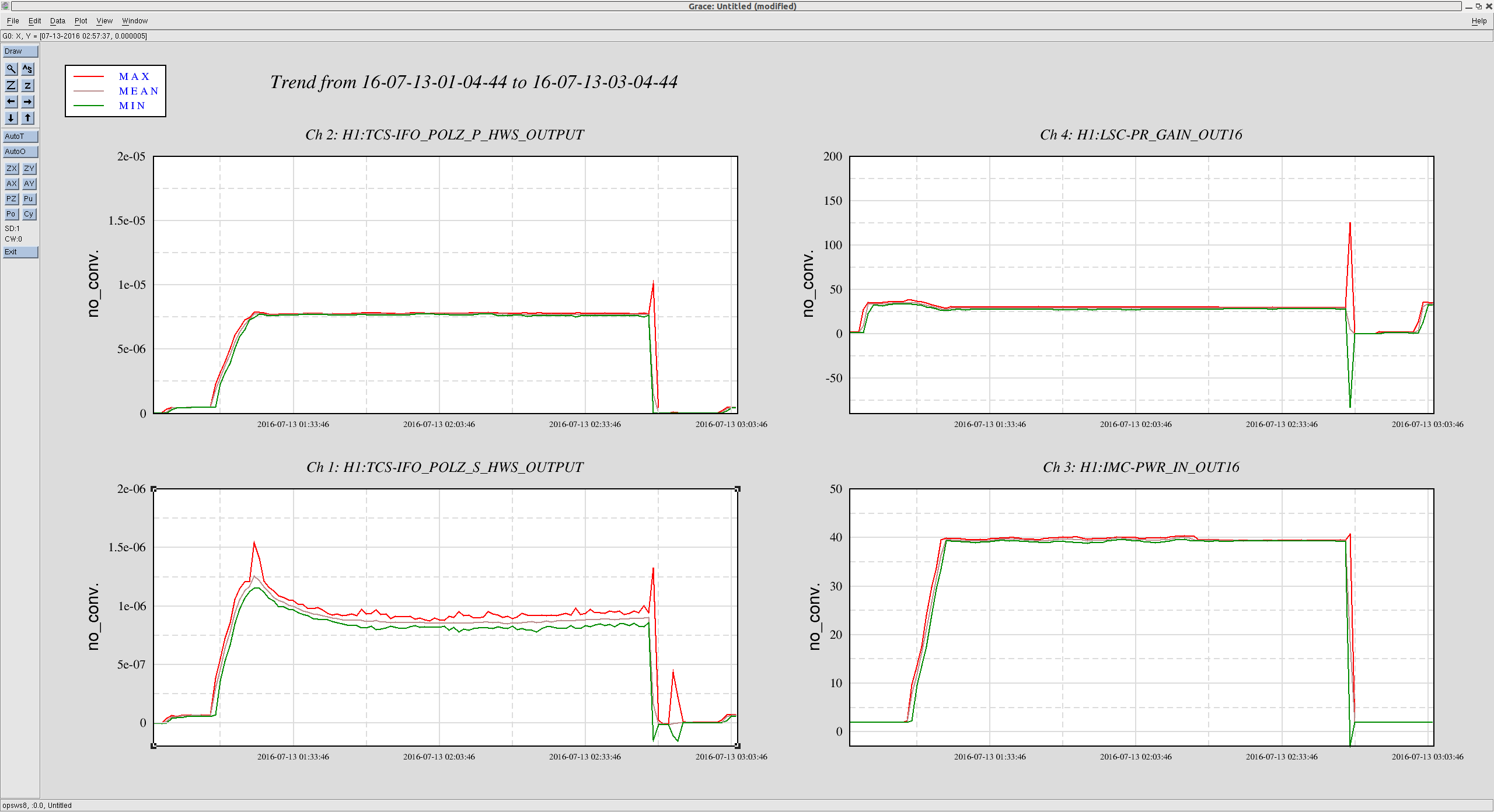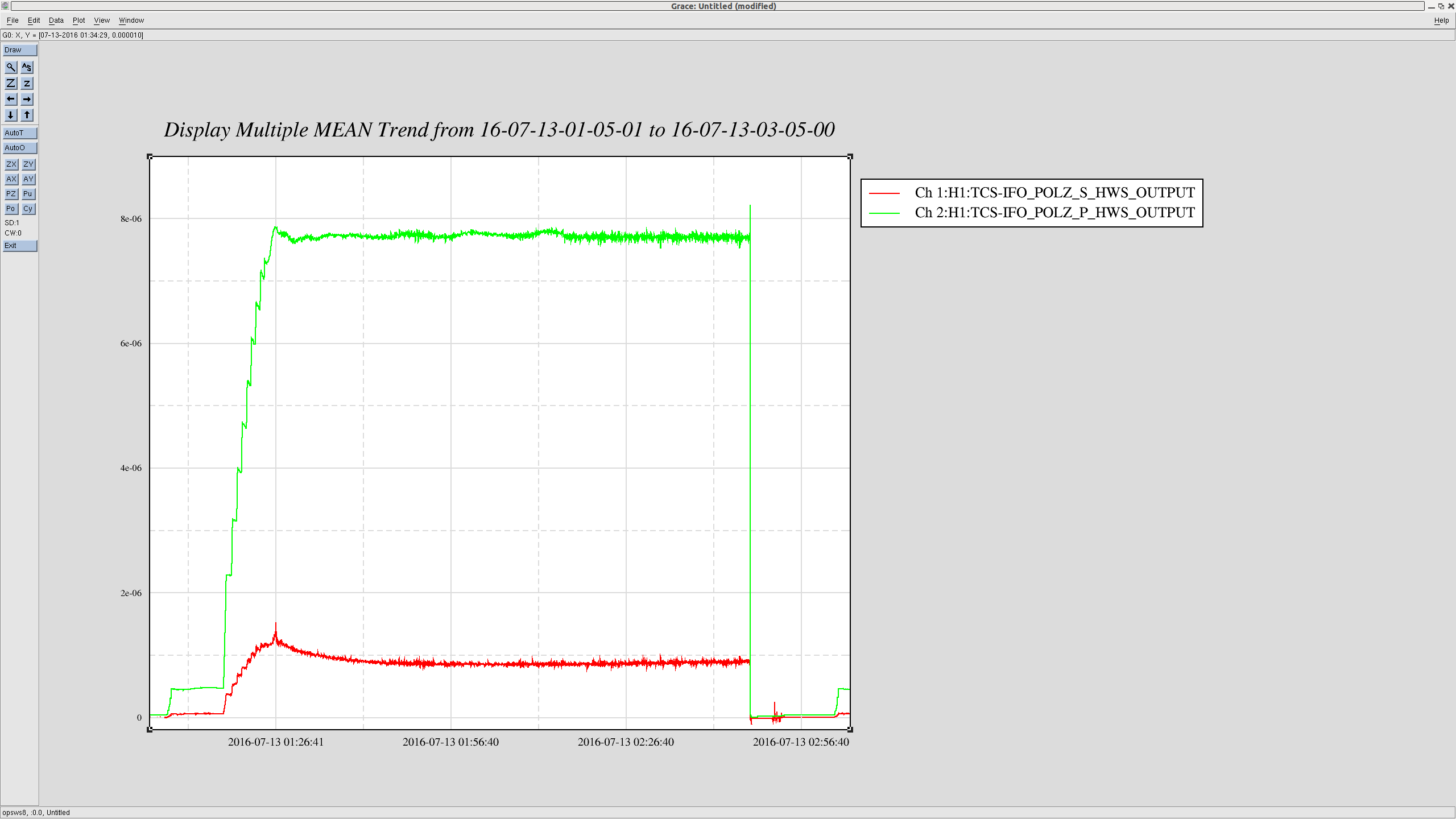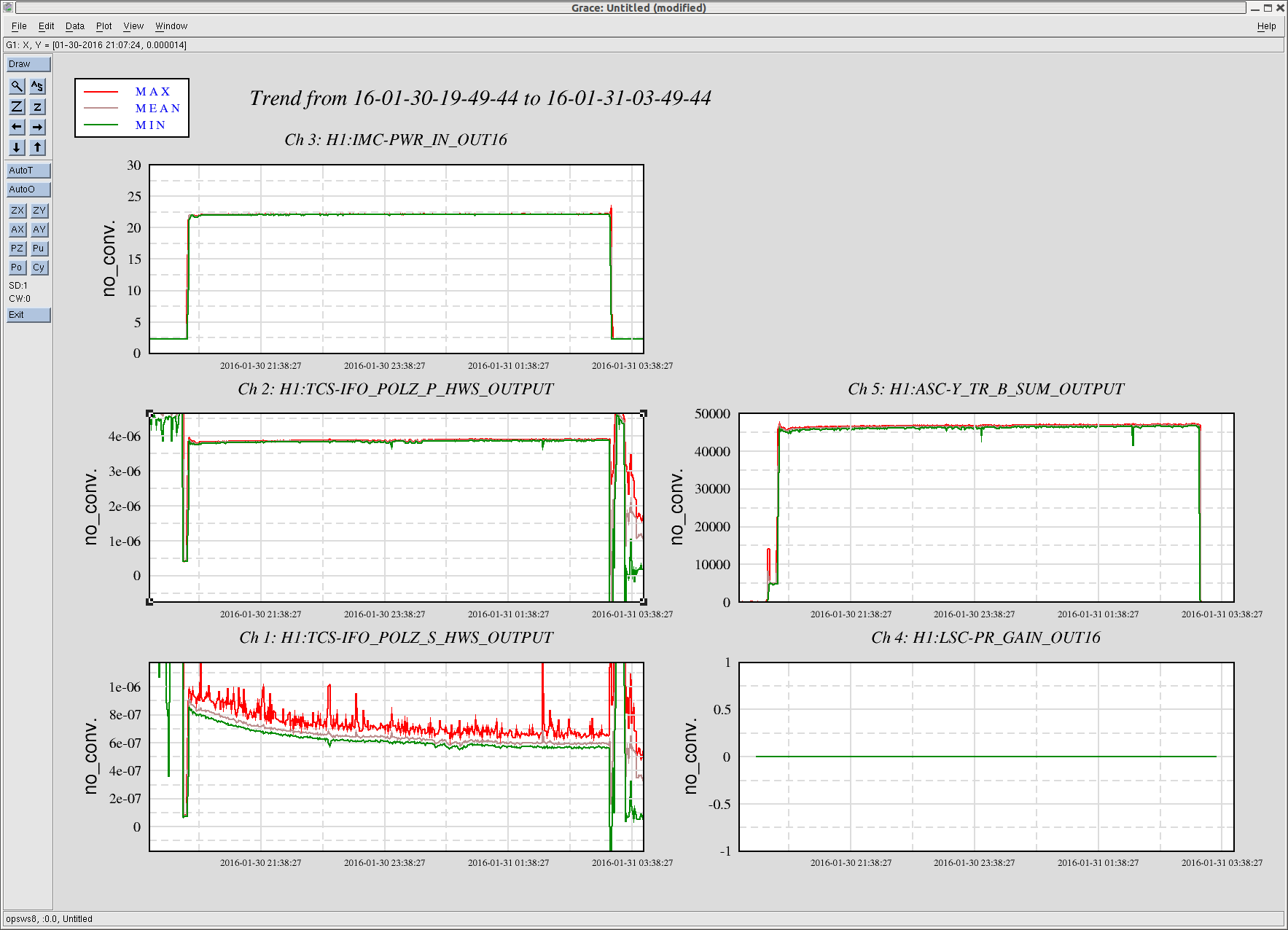(C. Gray, H. Radkins, M. Robinson)
Ran through the new SEI FAMIS task, H1 ISI CPS Sensor Noise Spectra Check (this one is #6854). Will be making slight edits to the procedure, but it should be ready to add to the line-up of FAMIS tasks for LHO Operators.
This is a weekly measurement and I picked a quiet measurement time from about 2am PST. Running the measurement for the BSC & HAM ISIs did NOT show any blaring issues with the CPS. Hugh's eye was caught by a bump for the ETMx's Stage2 at around 67Hz. (Screenshot of BSC & HAM CPS spectra is attached).























